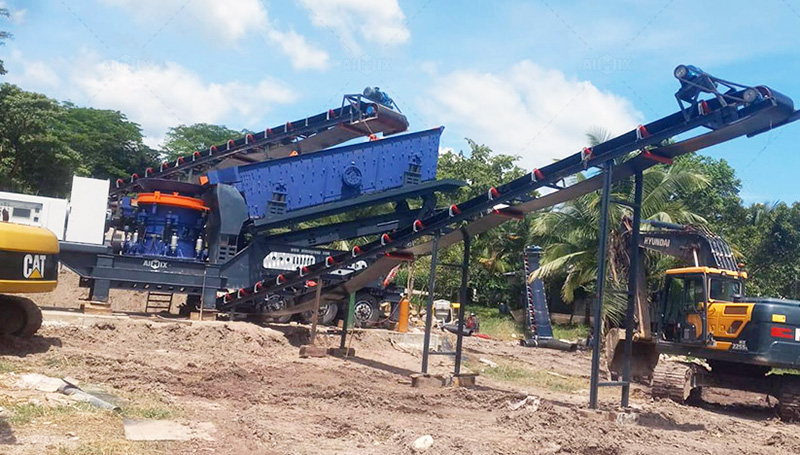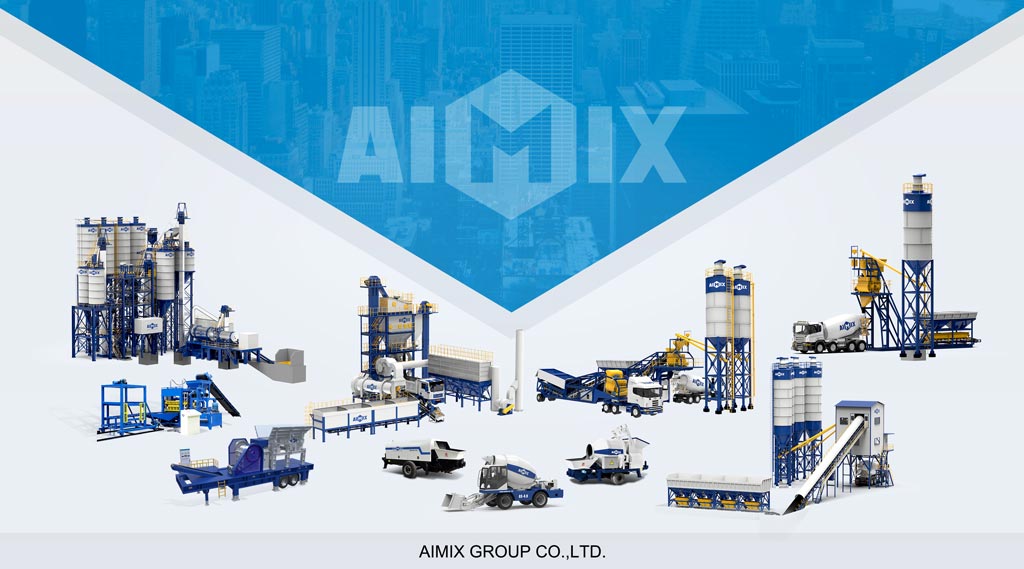Limestone is one of the world’s most ubiquitous and vital construction materials, yet its apparent simplicity belies a complex and variable nature. For any aggregate producer or mining professional, selecting the right limestone crusher machine is a pivotal decision with long-lasting implications for productivity, operational cost, and final product quality. A fundamental misunderstanding of limestone hardness can lead to a catastrophic mismatch in equipment, resulting in premature wear, excessive energy consumption, and inconsistent output. The journey to an optimal crushing solution does not begin with machinery brochures, but with a deep and nuanced comprehension of the material itself. This knowledge forms the very bedrock upon which a successful and profitable operation is built.

## The Nature of Limestone: More Than Just a Rock
At its core, limestone is a sedimentary rock composed primarily of the mineral calcite. This composition is central to understanding its behavior under crushing forces. On the Mohs scale of mineral hardness, calcite sits at a modest level 3, which is softer than many other common rocks. However, labeling all limestone as "soft" is a profound oversimplification. The true character of a limestone deposit is shaped by a multitude of factors beyond pure mineralogy. Its compressive strength, a far more telling metric for crusher selection, is heavily influenced by its porosity and density. A highly porous, friable limestone will crumble easily, while a denser, crystalline formation can present a significant challenge. Furthermore, the presence of silica quartz or other abrasive impurities within the limestone matrix can drastically increase its abrasiveness. This means a limestone could be relatively easy to fracture but exceptionally punishing on crusher wear parts. Consequently, a comprehensive material analysis is not a luxury; it is an absolute necessity.
## Decoding Crusher Selection: Matching Machine to Material
Once the specific properties of the limestone are understood, the process of selecting the appropriate [rock crusher machine](https://aimixgroup.com/stone-crusher-plants/rock/) becomes a precise exercise in application engineering. Different crushers employ distinct crushing actions, each suited to particular material characteristics and desired product shapes.
Jaw Crushers serve as the quintessential primary crusher for a wide range of limestone types. Their robust, compressive action is highly effective at breaking down large, raw quarry run material. They are particularly well-suited for harder, more abrasive limestone formations where their straightforward mechanics and durable components can withstand the punishment. The output from a jaw crusher is typically slabby, making it ideal for the first stage of size reduction before further processing by secondary crushers.
Impact Crushers, including horizontal shaft impactors, utilize a high-speed impact force to fracture the stone. This "throw" action is exceptionally effective for less abrasive, softer limestones. The key advantage of an impact crusher is its ability to produce a highly cubical product, which is a premium material for concrete and asphalt applications. However, when confronted with highly abrasive limestone, the wear on the blow bars and aprons can be rapid, leading to increased operational costs and downtime for maintenance.

Cone Crushers operate on a gentler, more continuous principle. Material is compressed between a gyrating mantle and a stationary concave liner. This makes them the superior choice for secondary and tertiary crushing stages, especially for harder limestone variants. They excel at producing consistent, well-graded aggregates with high efficiency and lower wear rates than impact crushers in abrasive applications. The selection between a jaw, impact, or cone crusher ultimately hinges on a careful balance of the limestone's abrasiveness, hardness, and the specific shape requirements of the final product.
## A Practical Guide to Informed Decision-Making
The final step transcends mere technical matching and enters the realm of strategic planning. An informed decision requires a holistic view that encompasses both the immediate and long-term operational landscape. Before any purchase order is signed, **procuring a representative sample of your limestone for professional laboratory testing** is an indispensable investment. This analysis will provide definitive data on compressive strength, abrasion index, and chemical composition, removing guesswork from the equation.
Beyond the crusher type itself, consider the entire production circuit. A primary [jaw crusher mobile](https://aimixgroup.com/stone-crusher-plants/mobile-type/jaw-type/) followed by a cone crusher for secondary crushing is a classic, robust combination for hard and abrasive limestone. For softer, cleaner stone, a primary jaw paired with a secondary impact crusher can be optimal for achieving superior product shape. It is also crucial to evaluate the total cost of ownership, which includes not just the initial capital outlay but also projected costs for wear parts, energy consumption, and maintenance labor. A slightly more expensive machine built with superior materials and engineering may offer a significantly lower cost per ton over its operational lifespan. The goal is to select a crushing solution that is not just adequate, but one that is perfectly attuned to the unique challenges and opportunities presented by your specific limestone deposit.


Comments
No comments yet. Be the first to react!